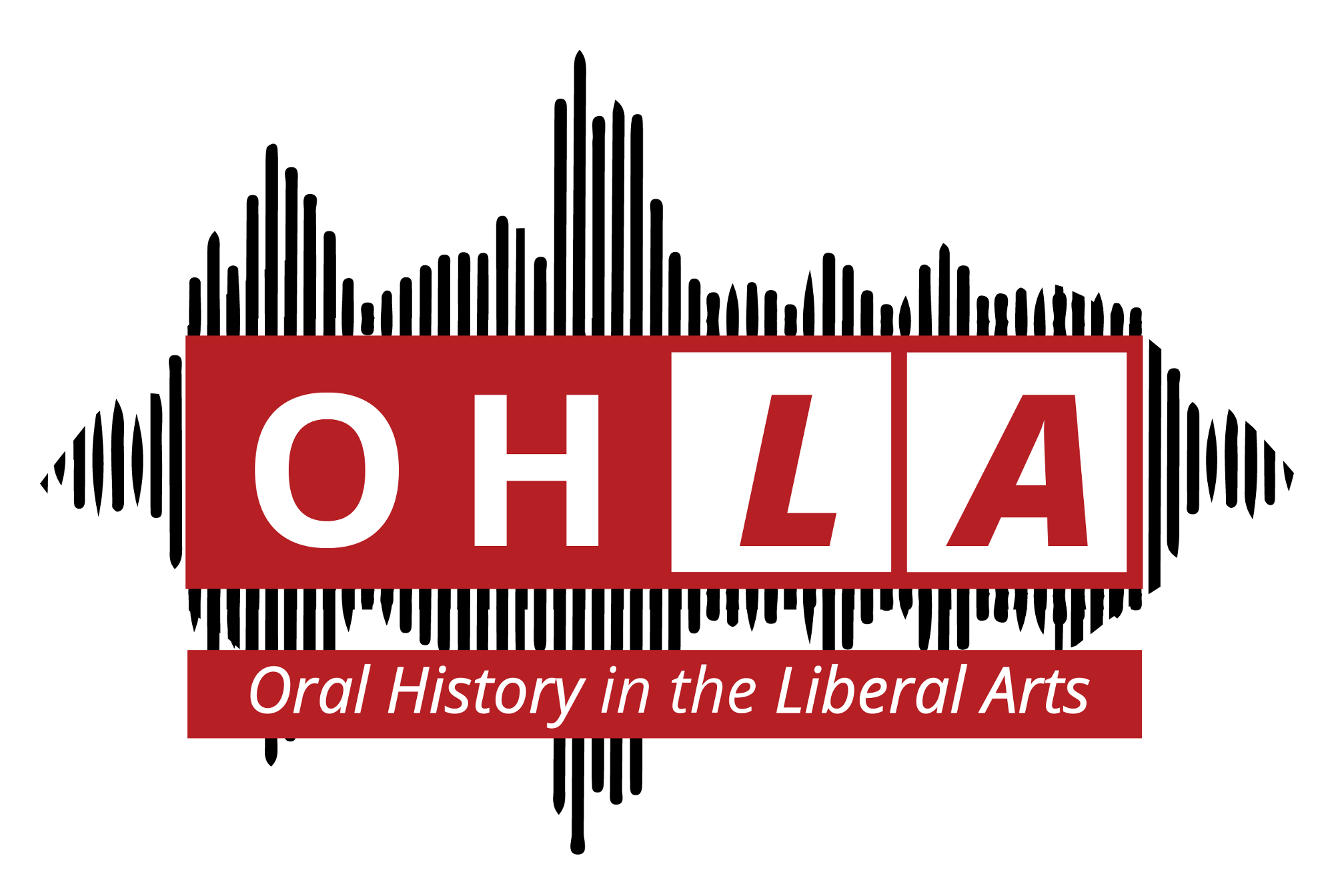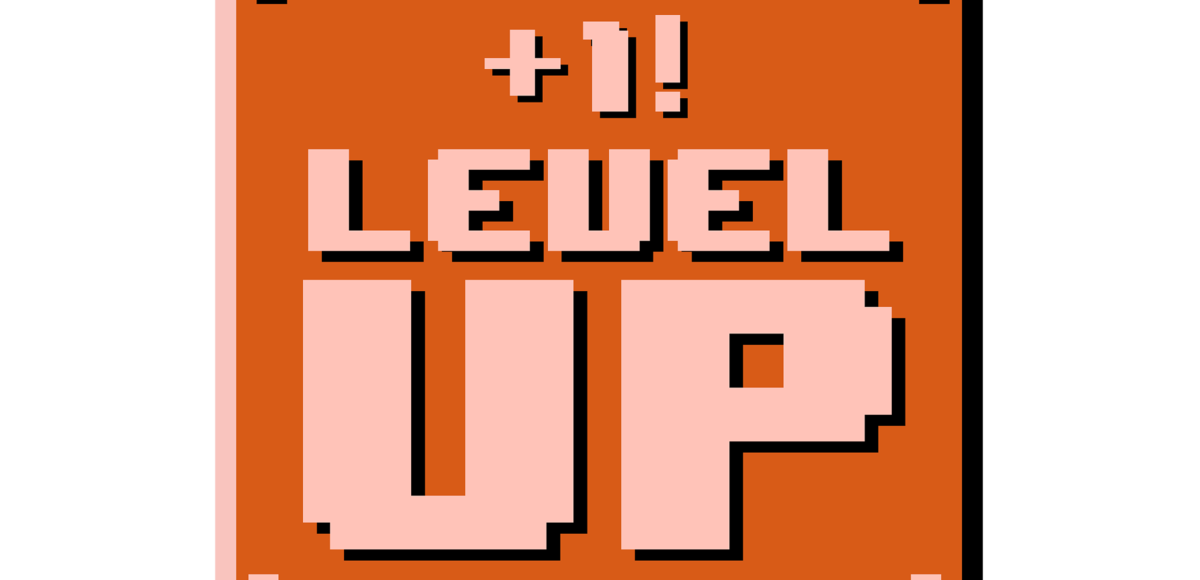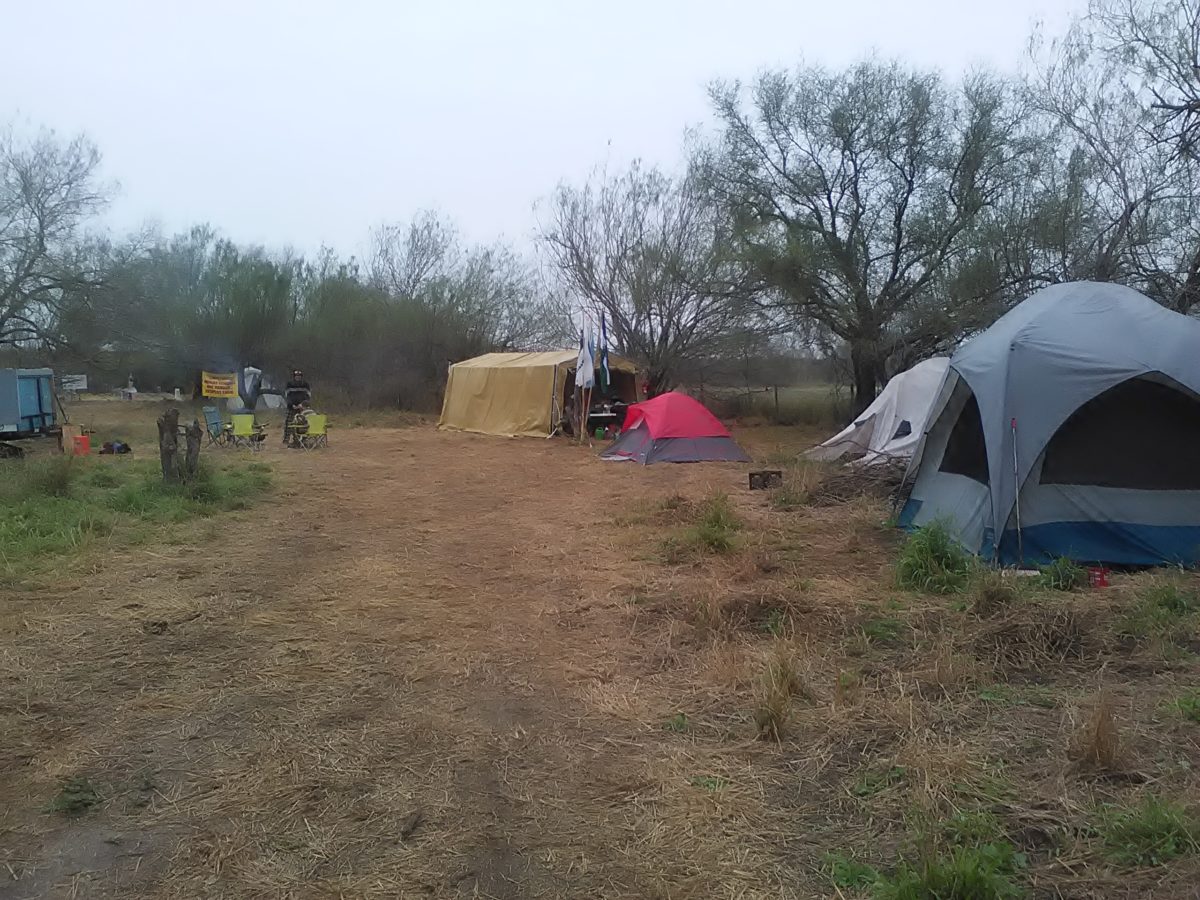Indexing interviews in the Oral History Metadata Synchronizer is one of the many functions I fill as a Digital Archives Coordinator at OHLA. Indexing an interview in OHMS can be done in many ways and can provide varying amounts of information regarding the interview. To standardize the process of indexing, the Nunn Center has released three different ‘levels’ of indexing; interviews can be marked as index levels one, two, or three. Level three is the most comprehensive and level one is the least. I began learning about indexing levels by watching a tutorial on YouTube by the Nunn Center. This tutorial briefly explains the importance of indexing an interview, emphasizing that it creates a useful way to search for specific information in an interview.
To create a level one index you need: a descriptive and informative title, keywords, and at least 5-10 segments per hour of the interview.
In a level two index you need: a descriptive and informative title, a partial transcript (the opening question or conversation starter), keywords, a segment synopsis, and 10-15 segments per hour of the interview.
For a level three interview you need: a descriptive and informative title, a partial transcript (the opening question or conversation starter), keywords, as well as subjects from the LoC, external hyperlinks, GPS coordinates and 15-20 segments per hour. This is an example of a level three index done by Bruce Mill’s in partnership with OHLA. This interview has 16 segments and is less than an hour long, contains segment synopses, partial transcripts, Library of Congress subjects, and keywords in each index mark.
As I indexed my first interview (out of the two that I’ve done) I naturally found myself trying to index in different styles in order to find what I felt was the most efficient. I found that doing the partial transcript and the segment synopsis for all of the segments first was best for me, although it may take more time than doing every step for each segment all at once. Next, I worked on the keywords which was the fastest and easiest for me. Lastly, I worked on the Subjects from the LoC (which I also have an in-depth post about) hyperlinks, and the GPS coordinates. This process leads to an interview with level three indexing.
I decided, as mentioned above, that starting out with the partial transcript and segment synopsis was best for me. The partial transcript helped me attain an idea of what the context of the segment was. When using a transcript, I found it convenient to copy and paste from the transcript to my indexing window rather than transcribing the beginning of a segment myself. Next, I found it easiest to do the segment synopsis by typing it out as best as I could along with the interview, often pausing it, and rewinding it to catch important details. It was easier when the speakers spoke calmly and slower than when the speakers spoke fast and with immense detail. It also became apparent to me that while OHMS will start the segment from the beginning of that segment when editing it will not stop when the next segment starts. I did a segment synopsis and partial transcript for each segment of the interview before moving on to the next step. The segment synopsis should be as detailed as possible in order to achieve level three indexing.
The next piece I worked on was the keywords. The keywords should compliment each other and include words that the speaker may not have specifically said but may have been a subject in that segment of the interview. I found that keywords were more efficiently done the second time around because I had already listened to that segment and had my synopsis to guide me. I did this for each segment of the entire interview, which meant that at this point I had listened to the interview twice at the very least. This also gave me the opportunity to add anything I missed in the synopsis.
After the keywords, I worked on the Subjects which are provided from the Library of Congress (LoC) thesaurus. This proved to be extremely difficult for me because I had no idea what to even begin typing for the words that auto-populate the subject section. This section is similar to the keywords in the sense that it is another way to search for topics that the speaker may have talked about but not mentioned by name. After locating the LoC thesaurus this became much easier and useful.
Lastly, I worked on the hyperlinks as well as the GPS coordinates. I recommend writing down which sections need either a hyperlink or GPS coordinate and leaving it as is until the very end because it’s so simple to take care of. Since I did not have any hyperlinks to add to the interview I indexed, I moved on to coordinates. I then inserted quite a few GPS coordinates that were mentioned throughout the interview by using google maps GPS coordinator. However, OHMS does ask for the coordinates to be formatted as “XX.XXX, YY.YYY” X being latitude and Y being longitude so it took a slight amount of detailing to get done.
By going through the process a few times it allows you to become exceptionally acquainted with the interview, especially if you are not the one who conducted the interview. This process that I recommend for a level three index may take a little more time but can result in a higher quality level three index! For more information on indexing levels you can watch the Nunn Center’s tutorials on indexing levels one, two, and three.








